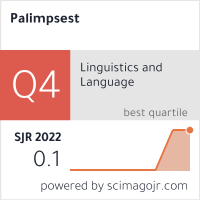SIGNIFICANCE OF THE BAZAAR FOR PRESERVATION OF THE TRADITIONAL URBAN FORM IN MACEDONIA – STUDY CASE OF SKOPJE’S OLD BAZAAR
DOI:
https://doi.org/10.46763/PALIM22713215nAbstract
The significance of the bazaar in preserving the city’s traditional urban concept exemplifies grounds for research. A specific model of spatial structure in the central historic core of the city of Skopje is developed during the Ottoman rule. The basic characteristics of the city's morphological structure are defined through comparative analysis of specific implementations regarding the development of urban cores on the Balkans (Serbia, Turkey Greece, Albania and Bosnia). In the course of the development of the bazaar, certain groupings of public buildings are established and accepted as local authentic model of urban composition by the population (Han, Hamam, Sacral object, Bezisten). The significance of the bazaar is polyvalent in relation to the centuries old development of the urban form. The development of the bazaar is associated with its size, economic power and strategic position regarding the city through different historical periods. The solidity of the bazaar is influenced and dependent on the needs of the population and the urban transformation of the city. Skopje’s bazaar is a typical model of spatial unity developed under similar circumstances as other spatial concepts on the Balkans, meanwhile under the influence of the Ottoman concept for a city, verifying as specific and successful urban concept.
Keywords: bazaar; urbanism; urban typology; form.


